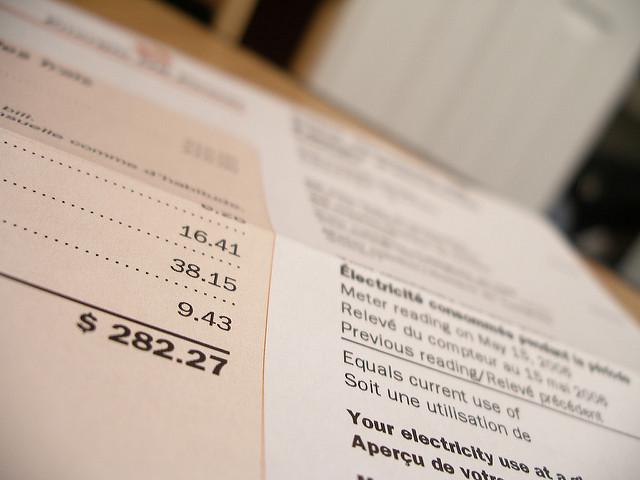According to the Australian Energy Regulator’s (AER) 2015-16 report on the retail energy market performance, more households are feeling the heat where electricity bills are concerned.
Apparently, the number of energy debt consumers who registered with a hardship program rose during the period.
This situation was prevalent in South Australia, where the figure of gas and electricity customers on hardship programs increased by about a third. The state is now ranked as having the highest number of customers in these retailer hardship programs, at 1.8 per cent for electricity. The hardship participation programs in other states and territories remain at about one per cent.
Even though the overall national figure shows a decrease in electricity debt, for most jurisdictions, the average debt of households not registered for hardship programs remained static.
While critics are quick to point a finger at clean energy for the rising electricity prices in SA, it’s worth noting that over the years South Australia has recorded comparatively higher costs than any other state in the country.
This scenario presented itself in the state even before the first wind turbine begun spinning and the first solar system started capturing and converting the sun rays into electricity.
The report further reveals that the percentage of energy consumers swapping retailers in the past six years in South Australia, Queensland, Victoria and New South Wales has sharply declined.
This could be a result of retailers focusing more on customer retention as noted by AER or may be time-poor Australians just finding the process too complex considering the number difficulties it presents.
Nevertheless, there are more innovative tools in the market that now make the process a bit hassle-free, and this includes the ambitiously titled Energy Made Easy Federal Government website.
“A key way to reduce the cost of energy is to shop around, so it is pleasing to see more people are taking advantage of market offers to save money on their electricity and gas,” remarked AER Chair Paula Conboy
“Our Energy Made Easy website is a simple, independent and free tool to help consumers compare all generally available electricity and gas offers in their area.”
When it comes to complaints, the ACT, South Australia and New South Wales recorded increases especially with regard to billing issues. But after a key retailer was removed from the stats, the rate of complaints became lesser across major jurisdictions.
The AER predicts the overall 2015-16 energy affordability will be almost the same as that of the previous period. In other words, it will still be pricey.
While Australia boasts 1.6 million already installed solar PV systems, the continuously rising high cost of power is likely to compel more households to go solar in the future; especially as the high summer electricity bills start flooding to inboxes and mailboxes.
The complete AER annual report on the Australian retail energy market performance of 2015-16 can be downloaded here (PDF).
IMAGE via Brendan Wood



